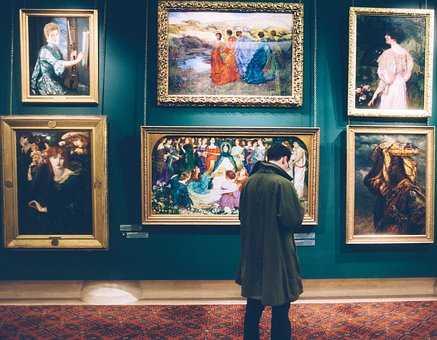Creativity is considered desirable
By its nature, creativity is individual, eccentric, and antagonistic to attempts to plan to organise it. An effort to manage creative people might result in only getting the appearance of creativity.
The categories of being creative, or a creative person, transitioned over time from the sacred power to a secular ability. From the 1950s onward, creativity has been established as something desirable and essential, a value that was the source of many other values.
71
148 reads
CURATED FROM
IDEAS CURATED BY
The idea is part of this collection:
Learn more about problemsolving with this collection
Effective note-taking techniques
Test-taking strategies
How to create a study schedule
Related collections
Similar ideas to Creativity is considered desirable
The history of "creativity"
- Creativity, as a power belonging to an individual, doesn't go back very far. The first recorded usage of the word creativity came from the Oxford English Dictionary in the 17th century: 'In Creation, we have God and his Creativity.'
- In the 17th and 18th centuries, ...
When creativity is not enough
Marketing expert Theodore Levitt published an essay in 1963, 'Creativity is not enough.' Levitt stated that creativity might be a source of new ideas, but it is not ideal for good business outcomes. There is no short supply of new ideas.
Creativity is having a new idea, while inno...
Read & Learn
20x Faster
without
deepstash
with
deepstash
with
deepstash
Personalized microlearning
—
100+ Learning Journeys
—
Access to 200,000+ ideas
—
Access to the mobile app
—
Unlimited idea saving
—
—
Unlimited history
—
—
Unlimited listening to ideas
—
—
Downloading & offline access
—
—
Supercharge your mind with one idea per day
Enter your email and spend 1 minute every day to learn something new.
I agree to receive email updates
